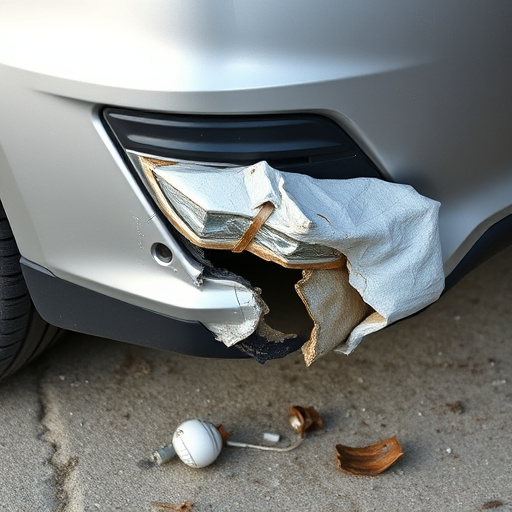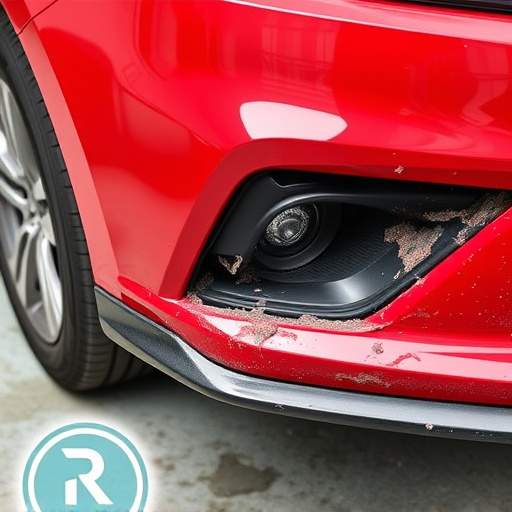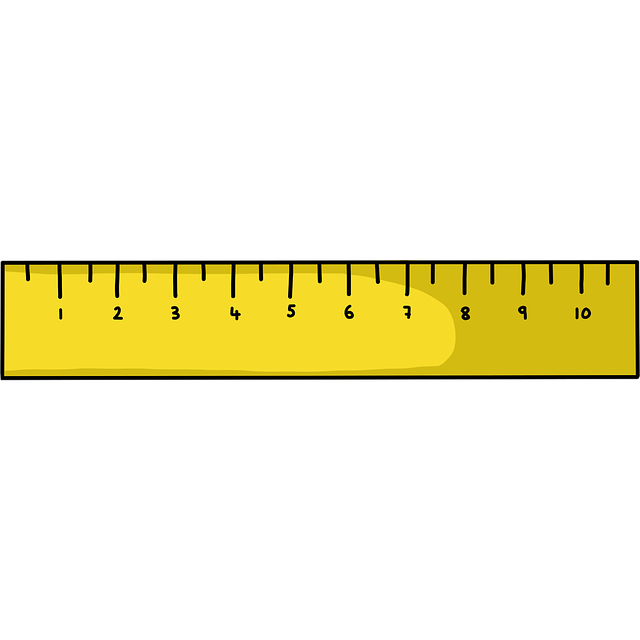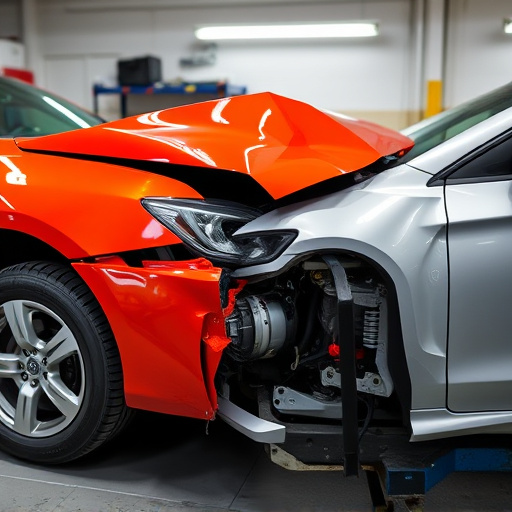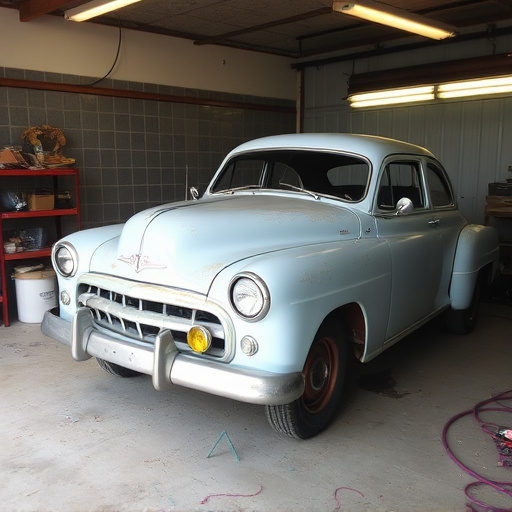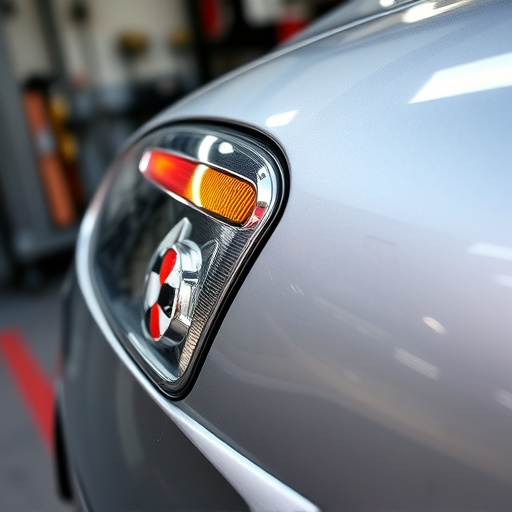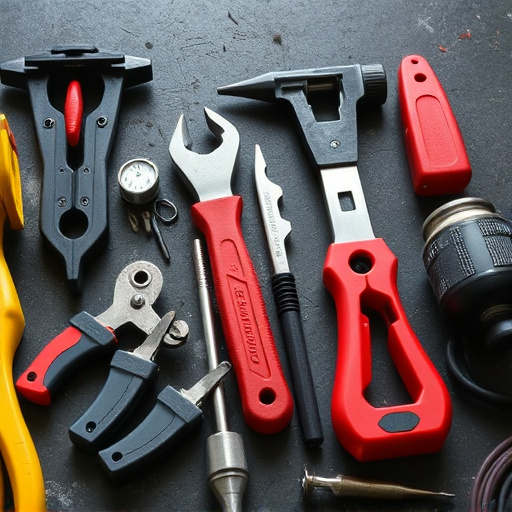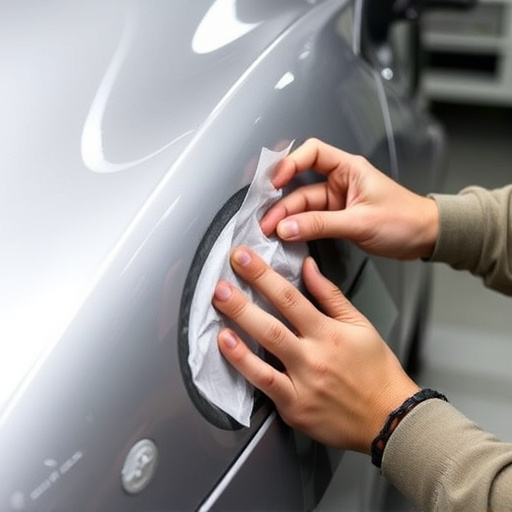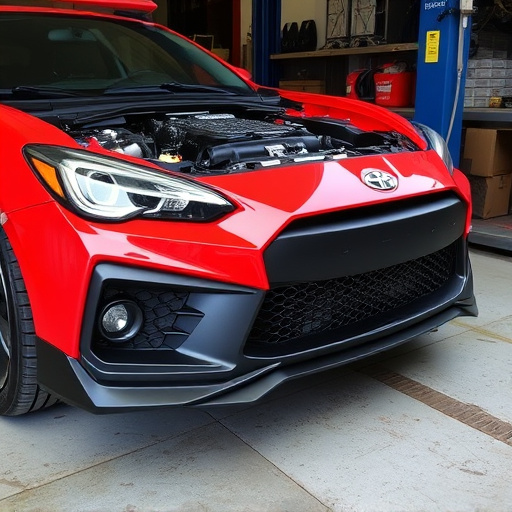A Tesla drive unit inspection involves a comprehensive review of key components like the electric motor, inverter, and power electronics to ensure optimal performance and prevent damage. Technicians conduct visual examinations for wear, misalignment, and anomalies, while functional testing assesses dynamic metrics such as acceleration, top speed, and brake response time against manufacturer specifications. Common issues like faulty sensors, worn bearings, and fluid leaks are identified, with a focus on proactive problem-solving to enhance overall reliability and safety in luxury vehicle repair.
When it comes to Tesla vehicles, a thorough drive unit inspection is paramount for ensuring peak performance. This article delves into what technicians scrutinize during these critical checks. We explore key visual components to inspect, detailing functional testing protocols and metrics. Additionally, we shed light on common issues and red flags often identified, enabling owners to maintain their Tesla’s optimally. By understanding these aspects of a Tesla drive unit inspection, you’ll be better equipped to navigate maintenance and stay ahead of potential problems.
- Key Components to Inspect Visually
- Functional Testing Protocols and Metrics
- Common Issues and Red Flags Identified
Key Components to Inspect Visually
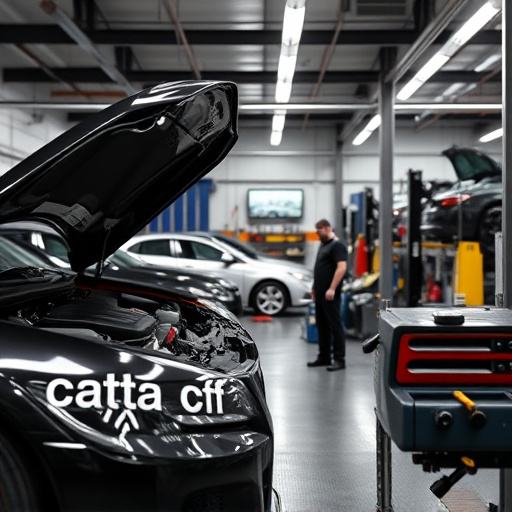
During a Tesla drive unit inspection, technicians meticulously scrutinize several key components to ensure optimal performance and longevity. Visually inspecting the electric motor, inverter, and power electronics is paramount. These core elements are responsible for converting electrical energy into mechanical motion, necessitating careful examination for any signs of damage, wear, or misalignment. Any anomalies, such as loose connections or visible cracks, could indicate potential issues that require immediate attention.
Additionally, technicians assess the condition of the drive unit’s cooling system, including radiators and heat sinks. Proper cooling is crucial to prevent overheating, which can lead to serious component damage. Other visual checks include inspecting the drive unit’s housing for signs of corrosion or damage, as well as verifying the integrity of belts, hoses, and other peripherals. Like in auto body repairs for scratches or car dent removal, meticulous attention to detail ensures that every aspect of the drive unit is in top working condition.
Functional Testing Protocols and Metrics

During a Tesla drive unit inspection, technicians employ rigorous functional testing protocols to evaluate the performance and reliability of the vehicle’s core components. This involves a series of dynamic metrics such as acceleration, top speed, brake response time, and range—all crucial indicators of the drive unit’s health. Advanced diagnostic tools capture real-time data, enabling technicians to pinpoint anomalies or inefficiencies that may point towards potential issues with the electric motor, inverter, or battery pack.
These testing procedures go beyond basic functionality to assess the drive unit’s interaction with other systems, including power delivery, torque output, and energy efficiency. By comparing measured values against manufacturer specifications, technicians can identify areas for improvement or signs of wear and tear—a key aspect of preventive maintenance in luxury vehicle repair. Such meticulous inspections contribute significantly to ensuring optimal performance and longevity of the Tesla drive unit, ultimately enhancing the overall reliability and safety of automotive repair services.
Common Issues and Red Flags Identified
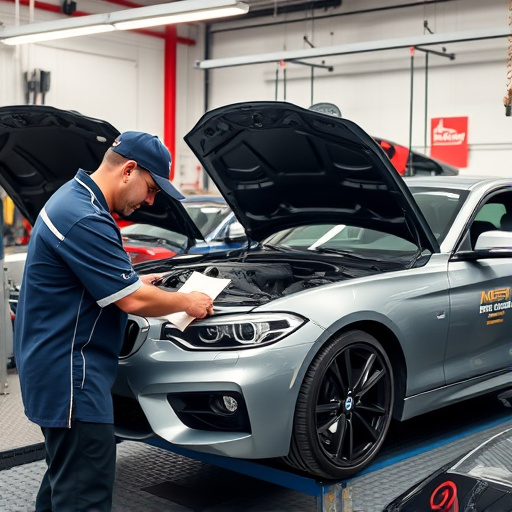
During a Tesla drive unit inspection, technicians look for various common issues and red flags that could indicate larger problems. Some of the most frequently encountered problems include faulty sensors, worn-out bearings, and fluid leaks. These issues can lead to reduced performance, unusual noises during operation, or even complete failure of the drive unit, which is why they require immediate attention.
Red flags may also manifest as visible damage, such as dents or cracks in the vehicle’s body, especially around the drive unit housing. Signs of previous vehicle collision repair or automotive body work can be an indicator of underlying structural issues. Technicians also check for proper alignment and balance, ensuring that all components are in optimal condition to prevent future complications, including costly repairs related to vehicle paint repair.
A thorough Tesla drive unit inspection is paramount for ensuring optimal vehicle performance and safety. By visualizing key components, conducting functional testing using established metrics, and being vigilant for common issues, technicians can proactively identify and address potential problems. This not only extends the lifespan of the drive unit but also enhances overall driving experience for Tesla owners. When it comes to maintaining electric vehicle propulsion systems, a well-executed inspection process is truly a game changer.
